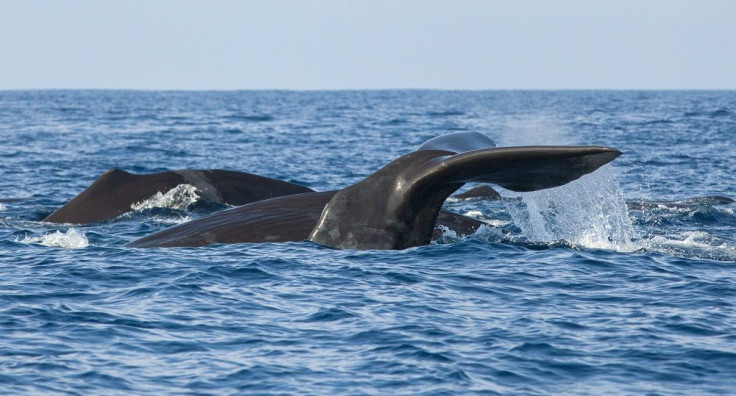Scientists Listen For Whales And Fish In The Northwest Atlantic Ocean

Scientists are recording and archiving sounds from mammals and fish species in the western North Atlantic with the use of varied buoys and autonomous under water vehicles. A new listening network known as the U.S. Northeast Passive Acoustic Sensing Network, or NEPAN, makes this recording and archiving possible, the press release states.
The data is being collected for a purpose, it will be used to promote conservation and address other management needs that are focal to the mission of the National Oceanic and Atmospheric Administration, or NOAA, and other federal agencies. It would also provide information about marine mammal and fish species.
Sofie Van Parijs, head of the passive acoustics group at NOAA's Northeast Fisheries Science Center (NEFSC) laboratory in Woods Hole, Massachusetts, stated that NEPAN was an example of the manner by which several scientific efforts could come together to provide solutions to missing information in the present scientific information. Researchers believe and hope that NEPAN would provide extensive marine listening, extending along the entire U.S. East Coast. The release states that in order to make extensive and long term listening feasible, the NEFSC passive acoustics research program, together with support from Woods Hole Oceanographic Institution (WHOI) and a number of federal agencies, are developing the infrastructure that would be required.
They would also track the noises in industrial areas, shipping lanes, heavily fished areas and marine reserves. This would help them in understanding the marine life, their migration routes or their habilitation in unexpected areas. This would help them inform NOAA Fisheries stock assessment reports, permit consultations and specific management actions, the release reveals. "Passive acoustic data collection can be integrated among agencies, regions and platforms to meet monitoring and management needs within NOAA," said Van Parijs, lead author of the article describing NEPAN. "We are also looking at integrating the NEPAN data into other passive acoustic monitoring efforts being conducted in both U.S. and Canadian waters."
Van Parijs explains that NEPAN would help researchers detect new species and help in their conservation. He also highlighted that the long run the possibility of NEPAN to function well would depend on the direct support from NOAA.
Details about NEPAN, their vision and infrastructure to be used are detailed in the March/April 2015 issue of the Marine Technology Society Journal.
For comments/questions regarding the article, you may email the writer at samrichardson.ibtimes@gmail.com.





















